I have a big 2D array (576,000 X 4), and huge database (millions records and 10 columns, its size is in Gigabytes). The array, of course, is much smaller than the number of records in the database.
I need some effective way to compare the 2D array to the database, and delete the equal lines from the 2D array only.
Does anyone have an idea how could i apply it efficiently? The speed is very important to me.
I tried to apply it like that:
$query = mysqli_query($config, "SELECT * FROM sec ") or die(mysql_error());
while ($row = mysqli_fetch_array($query) ) {
if ( isset($arr[$row['CHROM']][$row['POS']]) ) {
// delete line from the 2D array
}
}
But, i don't know how efficient it is, because i tried it just on small database, and it makes me load all the records of the database to the PHP page, and it creates a memory problem.
Another way that i check is this:
foreach ($arr as $chr=>$v) {
foreach ($v as $pos=>$val) {
$query = mysqli_query($config, "SELECT * FROM sec WHERE CHROM='$chr' && POS='$pos' ") or die(mysql_error());
if (mysqli_num_rows($query) > 0) {
// delete line from the 2D array
}
}
}
But, its not a good solution, because it took too much time.
edit:
my sec table looks like that:

the call to a item from the 2D array looks like that $arr[some_CHAROM][some_POS]
if the some_CHAROM equal to some CHAROM in the database AND some_POS equal to the POS in the same line, we have a match.
i build the 2D array from a file that the user upload to the website. and im not load it to the mySql.